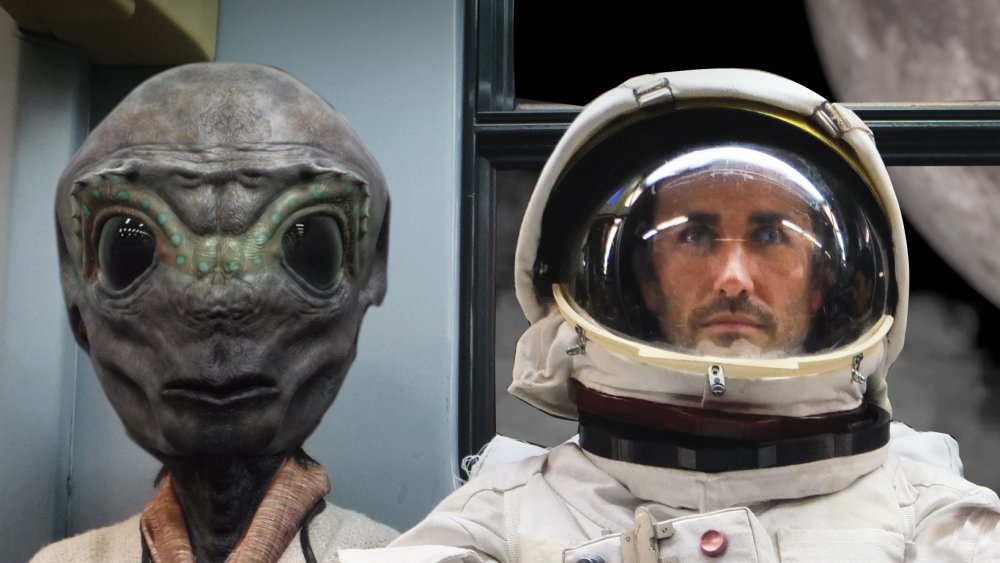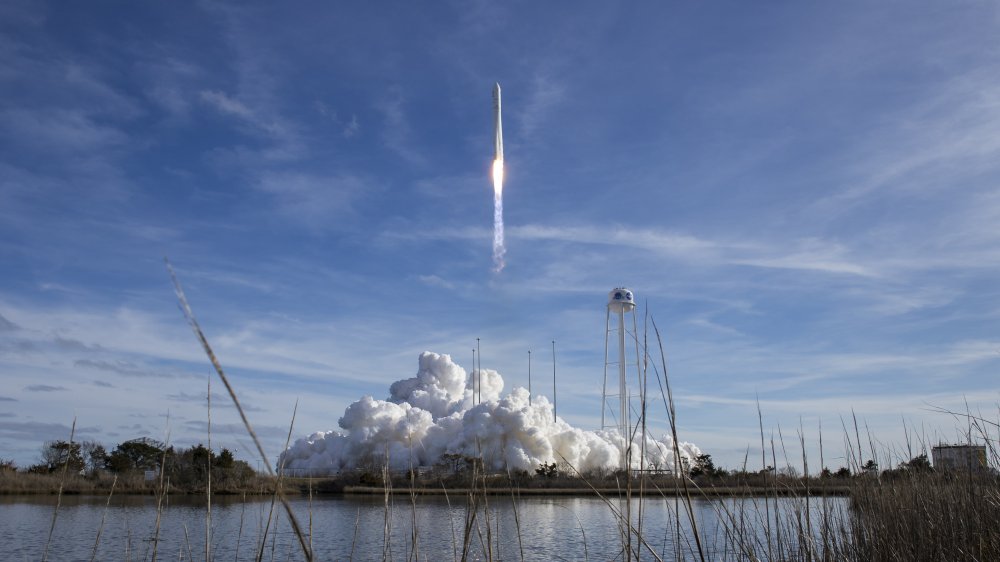
Armageddon: Scientists Develop System To Defend Against Killer Asteroids
It’s a bird! It’s a plane! It’s a mile-wide collection of rocks, metals and heavy water isotopes capable of eradicating all macroscopic life on Earth! While it may sound like the disaster plot from the latest summer blockbuster, the threat to humanity posed by a giant asteroid colliding with Earth is something NASA takes seriously. So seriously, in fact, that they have an entire division dedicated to the monitoring of near Earth objects (NEOs). The project has identified thousands of comets and asteroids that cross our planet’s orbit, meaning they present some risk of hitting Earth. Talk about, “wrong place, wrong time.”
In the last few decades we’ve gotten pretty good at tracking many of these potential doomsday rocks, but scientists remain at odds over what we could actually do to alter our fate if we discovered one on a collision course with Earth. Fortunately, researchers working out of the Massachusetts Institute of Technology have devised a promising new solution to one of humanity’s existential threats. Even more amazing: it doesn’t involve sending Bruce Willis into space with a rocket full of TNT.
Early detection is the key
The scientists responsible for this development tried to focus on preventative measures rather than a last-minute deflection. Detlef Koschny, a Project Scientist studying NEOs for the European Space Agency told Newsweek that the probability of any known NEO hitting Earth in the near future is “practically zero.” Many are too small to even raise concerns, though Koschney acknowledges, “At some point, one of these [dangerous] objects will hit us.”
In the past, researchers have suggested dubious methods of NEO deflection. A nuclear detonation, for example, might just irradiate the rocks without actually deflecting them from their intercept path with Earth. Then we get to deal with all the consequences of nuclear fallouton top of the initial impact damage. Sounds fun.
MIT scientists create decision map for NEO deflection
The MIT team determined that the most viable solution would be a high-speed projectile they describe as a “kinetic impactor”. With enough proper prior notice, the kinetic impactor can nudge the NEO off its trajectory just enough to avert disaster. Since early detection is the key to deploying an effective kinetic impactor, MIT developed a tool called a “decision map”, which they described in a recent article in the journal Acta Astronautica.
The decision map is designed to help NASA astronomers determine the appropriate window in which to deploy a kinetic impactor for maximum effect. Astronomer Gregory Brown explained to Newsweek, “In most deflection methods, the changes in course are typically very small, often expecting only changes in velocity of a few millimetres or centimetres per second. So early detection is key to enable the chance to act well ahead of the collision and ensure success.” In other words, even a tiny nudge from a kinetic impactor can make a huge change in the NEO’s trajectory, but only if we catch it early.
If we don’t, Mr. Willis’ agent will likely be receiving an urgent call.

The Truth About Canada And Denmark's Fight For Hans Island

The Weird History Of The Garden Cemetery Movement

The Strangest Aphrodisiacs Throughout History

The Creepiest Stories Of Broadway Ghosts

The Most Haunted Places In Salem, Massachusetts

The Truth Behind The Exorcism Of Roland Doe, Inspiration For The Exorcist

Britain To Release Their 'X-Files' For Public Viewing For The First Time

The Real Meaning Behind The Wizard Of Oz's Flying Monkeys

Stud Tortoise Saves Species From Extinction By 'Getting Busy'

The Smallest Dog Breed In The World

























